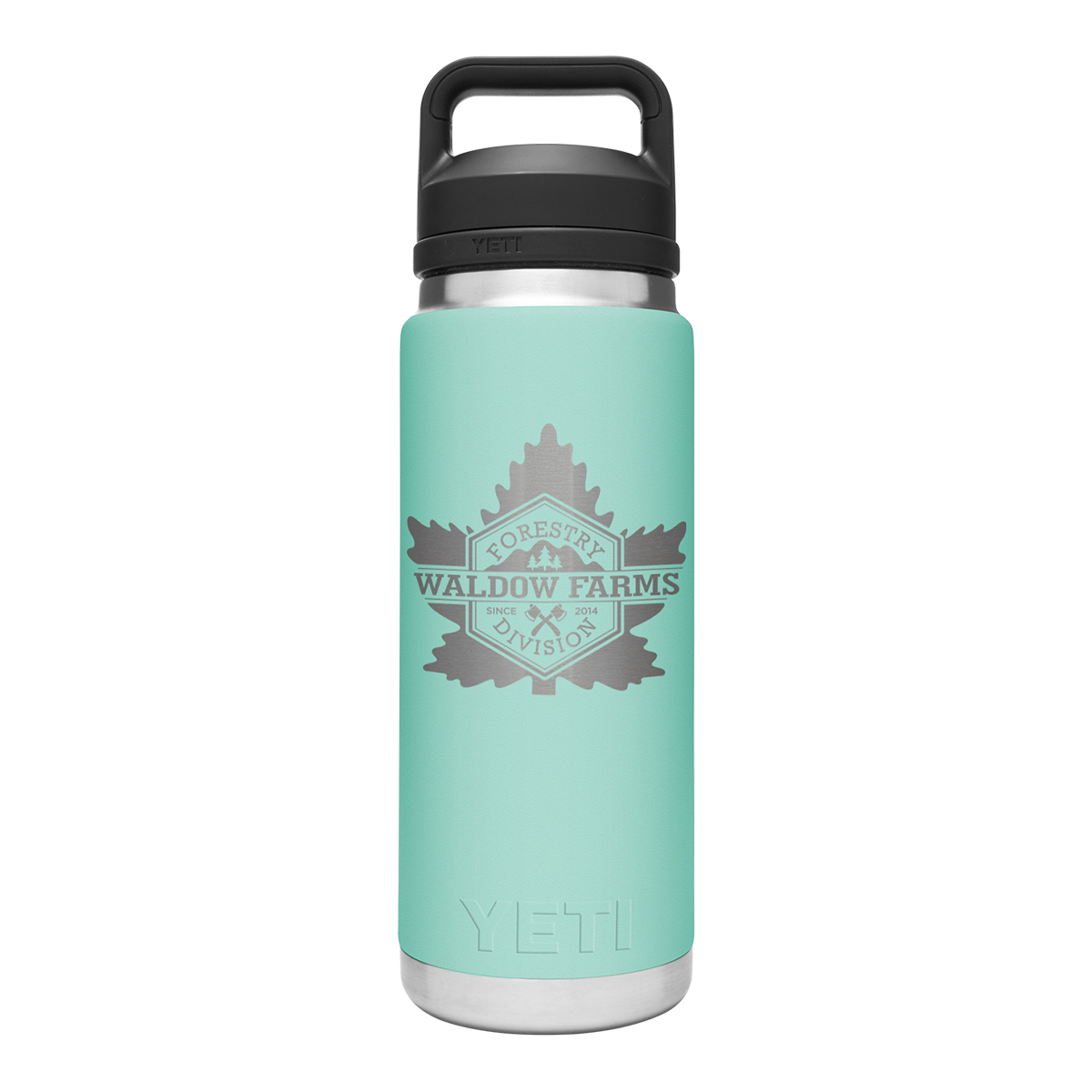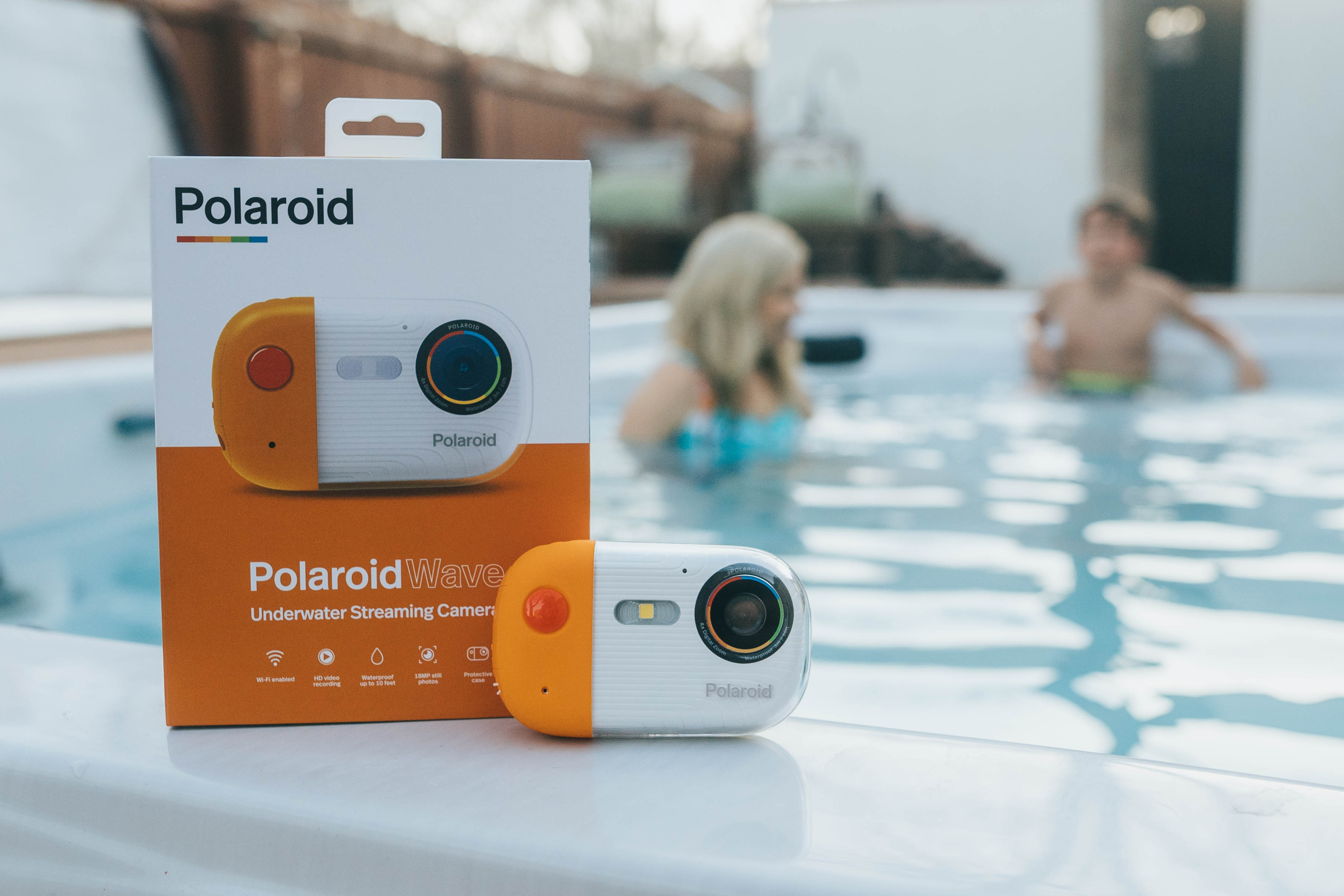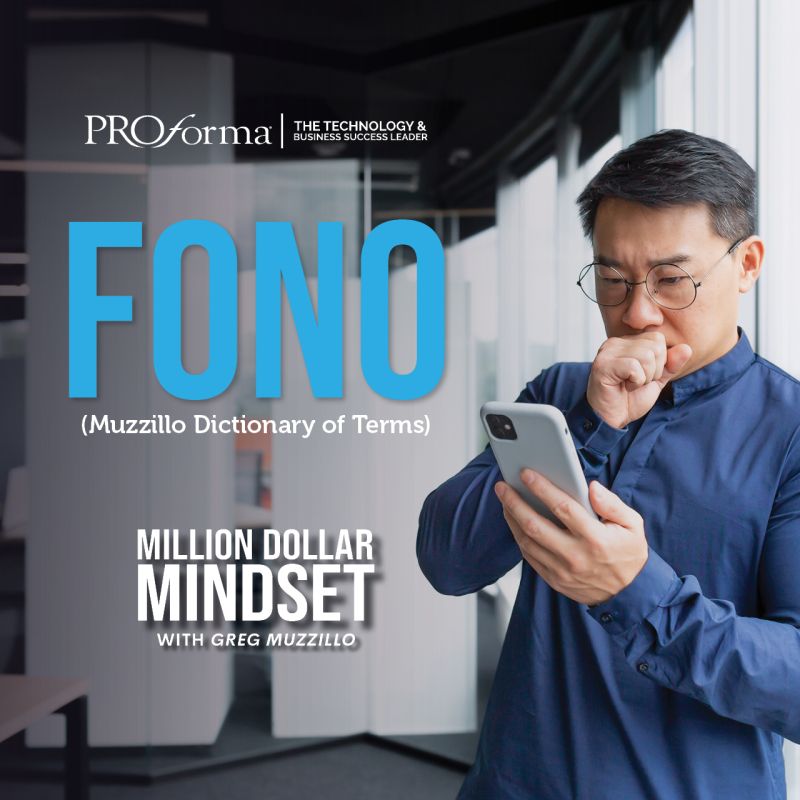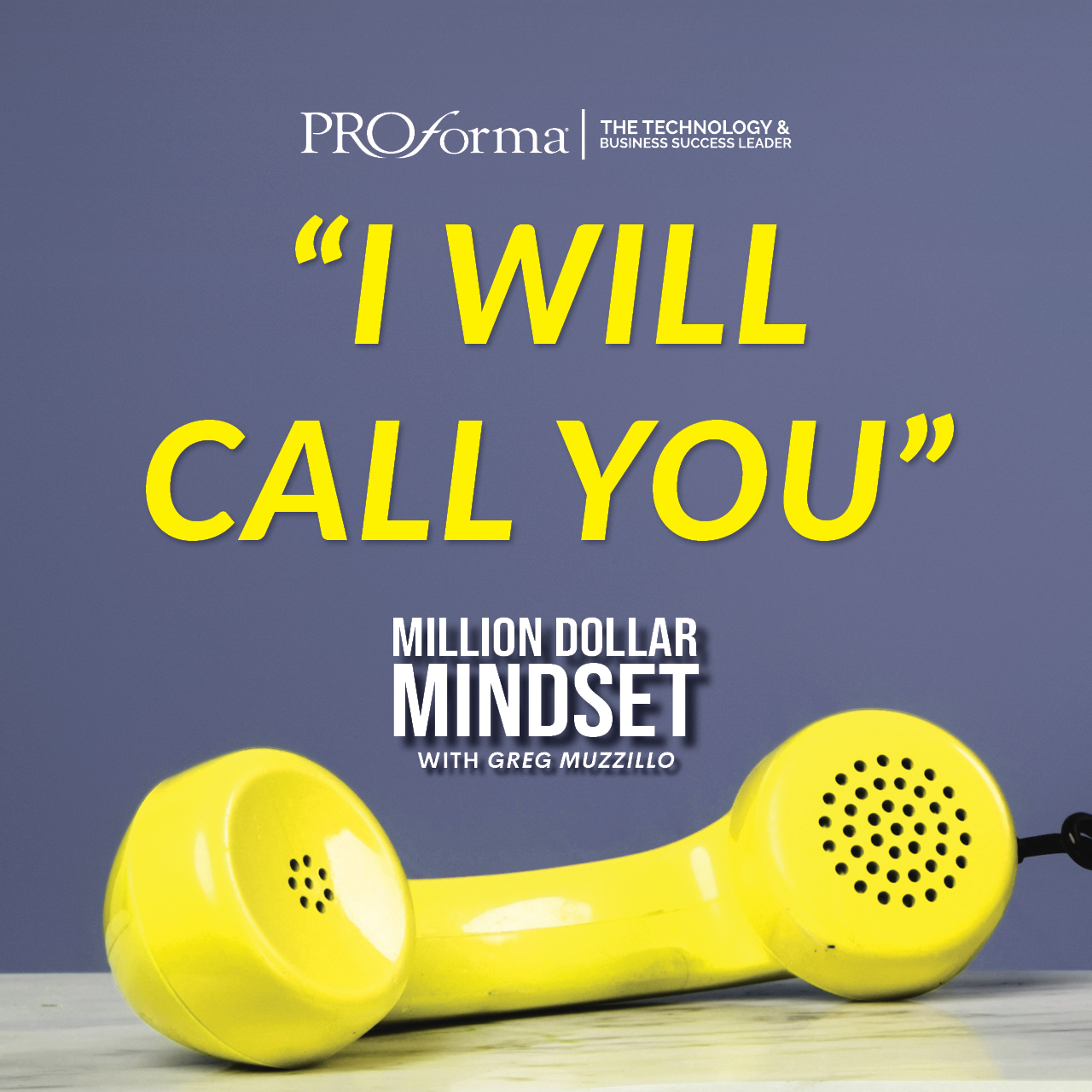Longevity is a primary concern for promotional products buyers. Not only are they thinking about the environmental friendliness of a product — things like reusable drinkware and eco-friendly apparel are in high demand — they also want their logo to live on as much as possible. The way to do that is to give end-users a product that they’ll actually want to use for a long time, and make sure it’s a product that will last for a long time. Incorporating recognizable name brands into promotional campaigns, in addition to wholesale products, accomplishes both of these tasks.
Name brand items across product categories, including drinkware, electronics, and apparel, can elevate a promotion and make end-users that much more likely to cherish the gift for a long time.
The best part is that, for distributors, it doesn’t take a lot of extra effort to add the value that a premium brand carries.
“The sales process is almost exactly the same, no matter what the brand is,” says Jolene Slama-Saenz, director of marketing and customer experience for Diamondback Branding, a division of Vector Brands LLC, Austin, Texas.
Names that Carry Weight
There’s no denying that a recognizable brand brings a perception of value that a blank product might not. When an end-user sees a logo they recognize, they instantly apply that company’s reputation to the product. If they’re already familiar with that company, they now associate your client’s branding with them, and that increases the value of their imprint.
“The brand name definitely increases the life and the value of the gift received,” Slama-Saenz says. “Consumers hold brand names in higher regard, so they will take care of it better, thus increasing the lifespan of it. The value of the gift, or what I like to call the ‘wow factor,’ strengthens with the brand of the product. Even though many coolers and drinkware items are created the same or look similar, the brands on the items have done a very good job of doubling their value by the name that is displayed on them.”

Diamondback Branding
That topic of a “wow factor” is also mentioned by Sunny Mehta, special markets and sales for Deer Park, New York-based 365 Wholesale, which carries products from brands like Sony, Beats by Dre, Fitbit, and more.
He says that although branded products can cost slightly more for the distributor, the effect it creates with the end-user makes up for it, because the distributor has delivered a memorable promotion for their client, and ensured brand visibility and a positive impression.
It accomplishes the most basic objective of a promotional campaign: It gets used and looked at.
“A brand-name gadget might cost twice the price of the non-branded equivalent, but typically gets used more often over a longer period,” Mehta says. “It has more perceived value in public, it’s kept longer, and even passed onto other family members.”
Mehta says that even if the primary recipient might not have a use for the product, odds are someone else they know would. And, since it has the branding of a recognizable company, they’re more likely to pass it along than toss it.
“When a gift is given from a well-known brand like Sony and Ralph Lauren, it can create a sense of prestige or exclusivity for the end-user,” he says. “Additionally, receiving a gift from a well-known brand makes the end-user more likely to hold onto the product due to its perceived value, and they can pass it on to other people. Something like, for example, if [I were] gifted Beats or headphones from Sony or Apple, I’d use it, but then at home I could pass it along to my kids or my wife as well.”
A Personal Touch
When you’re working with a supplier that carries premium brands, it presents the opportunity to get these products without having to jump through multiple hoops. For example, 365 Wholesale does all of the decorating and shipping itself, removing additional variables and headaches for the distributor.
“We stock that merchandise that we also print,” Mehta says. “If the distributor is just buying it from a third-party source where they can get merchandise but not print on it, then it becomes more challenging for them, because they have to buy it from one place, find a printer where they can ship it — and these are high-end items where, if you buy it from one place and ship it, you add shipping costs — and then getting it printed, and then shipping it out again. So, there’s double the cost. With us, because we partner with these brands, we not only give you a warranty after you’ve printed the merchandise, but everything’s done in one location.”

In addition to the almighty warranty, Mehta brings up another point that’s particularly relevant to electronics: ease of use.
Each new tech gadget comes with a learning curve, and sometimes we can’t make sense of it.
When you get a product from a widely used company such as Microsoft or Sony, however, there’s a huge community of people who also use those products, and easily found resources online on how to use them.
“For example, when a customer gets a generic headphone compared to a Sony headphone, even if they don’t know how to use the Bluetooth and noise-canceling features, they can always look it up online,” Mehta says. “Compared to a generic one — there’s no way to look it up.”
Room for Both
All of this is not to say that wholesale products are inferior. Quite the opposite. Each product has its use for a particular promotion. Distributors know that each product is a tool meant to solve the specific need their customer presents.
Price plays a part in that story, and generic and brand-name products have different roles to play. “I believe everyone is still looking for both, and it really just depends now whether they are wanting cost-effective products or brand recognition,” Slama-Saenz says.
“Both have their solid place in the industry. If customers are looking for cost-effectiveness, they turn to non-branded items. If they want to go with more high-quality products that have a great design, they usually turn to a premium brand.”



